I don’t know about you, but puff ink prints bring to mind the era-defining bold neon designs of the 80s and 90s. And then there are all the iconic moments that are inked into my memory in Day-Glo colors.
You know, 80s athletic fashion, early Madonna, Jane Fonda’s record smashing workout videos, Valley Girl, and that one John Travolta aerobics scene in the film Perfect. Phew!
Like other vintage trends, puff ink printing is making a strong comeback as one of the boldest screen printing techniques, and we’re here for it. At Jupmode, we’re stoked to change up the designs on our customized t-shirts and sweatshirts with puff ink.
Screen printing with puff ink is a specialty printing technique that takes the colorful richness and vibrancy of plastisol inks to another level by adding a 3D element to the final design.About Plastisol Ink: Widely used in garment printing because it’s easy to clean, doesn’t dry on the screen, and can appear opaque on dark garments.
The technique involves adding a puff base or puff additive to regular plastisol ink that, when heat-treated, swells to create a raised, textured effect that is soft and rubbery to the touch.
We love that our puff ink printed designs elevate even the most pared down creative designs into unique apparel.
As we walk you through the pros and cons of screen printing with puff ink, we’ll discuss:
- What makes it an incredibly versatile special effect ink
- Why you have to factor in color loss when printing with puff ink
- How it compares against other screen printing inks
- Tips for getting the most out of your puff printed garments
The Pros of Using Puff Ink for Screen Printing
In a world that offers endless personalized products, puff ink is a fantastic way to make a statement and stand out.
Did You Know: 80 percent of consumers are more likely to buy from a company that provides a tailored experience.
Let's take a deeper look into some pros of screen printing with puff ink:
1 - Gives Designs a 3D, Textured Appearance
One of the biggest advantages of using puff ink is that it can add depth and dimension to your designs, which enhances their visibility and impact.
How do you make a simple single color design visually stand out?
The raised texture of the ink creates a tactile quality that really makes designs pop, especially when it comes to tone-on-tone creations like our Ohio Pink Pigment Dyed Sweatshirt.
It looks and somewhat feels like an embroidery or a clothing patch, without the additional labor.
That it gives dimension to outlines or tone-on-tone prints is probably our fave aspect of puff printing and the one we apply most in our puff printing designs.
"Buy this!
I have many items from Jupmode but this is my favorite! Perfect material and color! Buy it. You won’t regret it."
— Anonymous, Verified Buyer, United States
2 - Works Well With a Range of Effects and Inks
Puff ink printing is like that friendly kid on the playground who jives with all the others.
It combines well with standard screen printing inks to achieve a multidimensional look to your design. These standard inks can be traditional Pantone colors, consist of fading halftones, or be made of specialty inks like metallic inks.
To do this, puff ink is printed right next to the standard inks. You just let us know which portion of the design you want to be puff ink and we'll be sure there is enough space and substance to the print.
The combination of two types of ink creates a memorable look to your clothing that your customers will love.
3 - More Versatile Than High-Density Printing
Puff ink printing and high-density printing are the only screen printing special effects that create a visibly raised design. It’s therefore important to understand how they compare.
Compared to high-density printing, puff ink printing is:
- More versatile as it works well on cotton, polyester and fabric blends whereas high-density ink requires sturdy cotton and cotton-based fabrics to withstand its multiple heat curing stages
- Less labor intensive as it requires one or a maximum of two coats, while high-density printing may require additional applications to achieve the same height
- Cheaper because it uses fewer layers of ink and is less labor intensive than high-density ink
- More flexible color-wise since it can create multicolored designs and halftones; high-density printing is ideal for limited solid colors per garment
So, if you’re looking for a high impact, custom design option that’s affordable and versatile, puff ink printing is the way to go.
4 - Creates Outstanding Multicolor Designs
Puff ink really does it all because not only is it great for monochromatic designs like our Toledo Puff Crew Sweatshirt, it’s also fantastic for elevating a multicolor design.
 Puff ink can make one color pop out from the rest, helping to direct the eye to the most important element of your design.
Puff ink can make one color pop out from the rest, helping to direct the eye to the most important element of your design.
Cons to Consider When Screen Printing With Puff Ink
Like all t-shirt printing techniques, screen printing with puff ink has its challenges, especially because it’s a specialty ink that requires special considerations regarding mesh count and design detail.
Here are four cons to keep in mind when screen printing with puff ink:
1 - Poses Challenges for Exact Color Matching
For better branding, you might need to match your custom print to the exact Pantone colors on your brand’s logo or artwork. Here you’ll run into one of the major limitations of puff ink printing.
Puff printed colors appear more washed out or muted than the original plastisol ink.
Remember, to achieve a puff print, the printing ink or pigment have to be mixed with a puff additive. When the ink expands, the color has a tendency to lighten up a shade or two.
This isn’t ideal for brand logos.
There’s a way around this that requires screen printing expertise and lots of sample tests.
So when you reach out to us for a puff print design, be sure to let us know how precise we need to be with color matching on your puff design.
2 - Blurs Out Fine Detailed Work and Image Prints
Fine detailed prints and detailed geometric designs easily get lost in the puff.
Puff ink prints swell in all directions, upwards and outwards. If the lines of your design are fine as well as too close together, they’ll get swallowed up as the ink cures and expands.
For example, puff printing works beautifully for our Vintage Toledo Fireworks Shirt, despite the fine lines of the fireworks. The lines aren’t close together, plus the charm of the design comes from the overlapping edges of the fireworks.
Bold lines and large design elements show up better with puff ink, which exaggerates their boldness. That’s why at Jupmode we lean heavily on block text in our puff ink designs.
The sweet spot is a line weight of one point (0.35 mm) or greater. For design detailing, halftone dots should be no finer than 20 lpi (lines per inch).
A compromise that your printer may offer is to reduce the height that the puff grows to, but calibrating this relies heavily on their expertise.
3 - Not Ideal for Photo Based Prints
Say you wanted custom souvenir shirts printed with a photo of the Mona Lisa or, better yet, North Dakota’s giant birds on the Enchanted Highway, puff printing would not work.
For photo realistic prints to look crisp, they need to be printed using a high mesh count screen. Conversely, for you to deposit enough ink on the fabric for puff ink printing, you need a lower mesh count screen.
Mesh count refers to the number of threads that cross each other per square inch of the screen.
Puff ink printing isn’t ideal for photo based designs since the low mesh count used wouldn’t allow for details.
As we mentioned previously, tiny details that are close together get blurred out by puff ink.
4 - High Initial Set Up Cost
Puff printing often costs more than regular printing and may be even more expensive for small custom orders.
Puff ink printing falls under specialty screen printing services. It requires an extra ingredient, the foaming agent, coupled with the expertise to understand how to manipulate the ink vs. puff agent ratio to suit each design.
For this reason, printers will often attach an add-on cost to puff printing services and it’s worth confirming before you go ahead.
Understanding these potential challenges can help you make an informed decision about when and how to use puff ink for your clothing customization. With proper technique and knowledge, printers can achieve striking statement pieces.
Which Ink Is Right for You?
We’ve looked at the many pros and few cons of puff ink, but how does it measure up against other types of screen printing ink?
In the table below, we compare puff ink to other types of screen printing ink to help you determine which is the best fit.
| Ink Type | Characteristics | Uses | Average Price Per Print |
| Puff ink | Requires extensive skill to use Creates a raised and textured print | Can be used on a wide variety of materials e.g. cotton, polyester, nylon | Higher cost due to special effects |
| Plastisol ink | Durable and versatile Smooth and consistent texture | Ideal for printing detail designs Can be used on a wide range of materials e.g. cotton, polyester | Affordable and widely used |
| Water-based ink | Produces a softer and more breathable print Environmentally friendly | Great option for printing on lighter colored fabrics | Moderate cost |
Jupmode’s Expert Tips on Puff Ink
At Jupmode, we strive to be the best in the custom screen printing industry. And that includes ensuring our customers get the most out of their puff ink printed garments.
This attention to detail allows us to create both bold, chunky designs like our Pburg Script Puff Sweatshirt and light, quirky designs like our Vintage Toledo Fireworks Shirt.
"So Comfy!
It is so comfortable and the color is great!"
— Anonymous, Verified Buyer, United States
But you have to do your part too to ensure your puff print works for you.
Proper laundry care is crucial to keep that puff print looking crisp:
- Wash inside out with cold water.
- Avoid tumble drying and hang dry instead.
- Don’t iron the print.
Is Puff Ink Right for Your Screen Printing Needs?
Screen printing with puff ink is a fantastic way to add texture and dimension to designs, making them stand out. It gives custom printed clothing a bold, yet nostalgic, retro vibe that makes each item memorable.
Using puff ink comes with its own set of challenges, including color loss and difficulty achieving detail. That said, the challenges are far outweighed by the versatility and visual impact of puff prints, especially in the hands of screen printing experts, such as Jupmode.
For nearly two decades, we’ve been creating fun Midwestern clothing and accessories, and with each item, we strike a perfect balance between high-quality printing, hometown pride, and fun. After all, our whole mindset is if it looks like fun, then it probably is.
Check out our brand of fun in our collection of Midwestern, vintage puff print merch.
Related: Read about how we screen print on vintage shirts

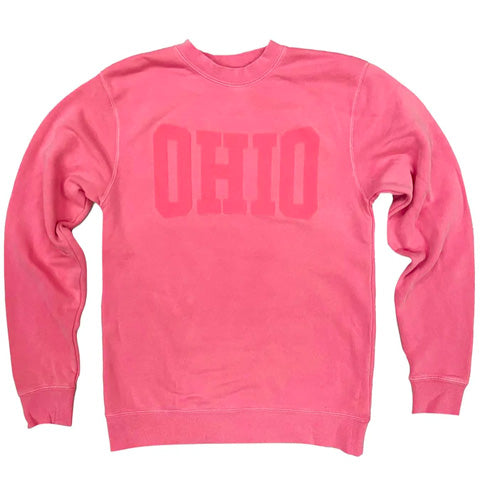
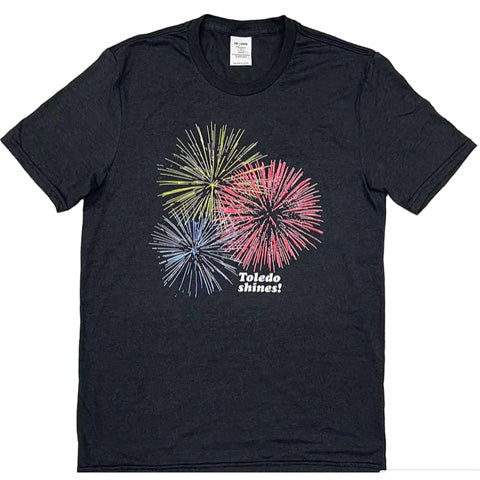
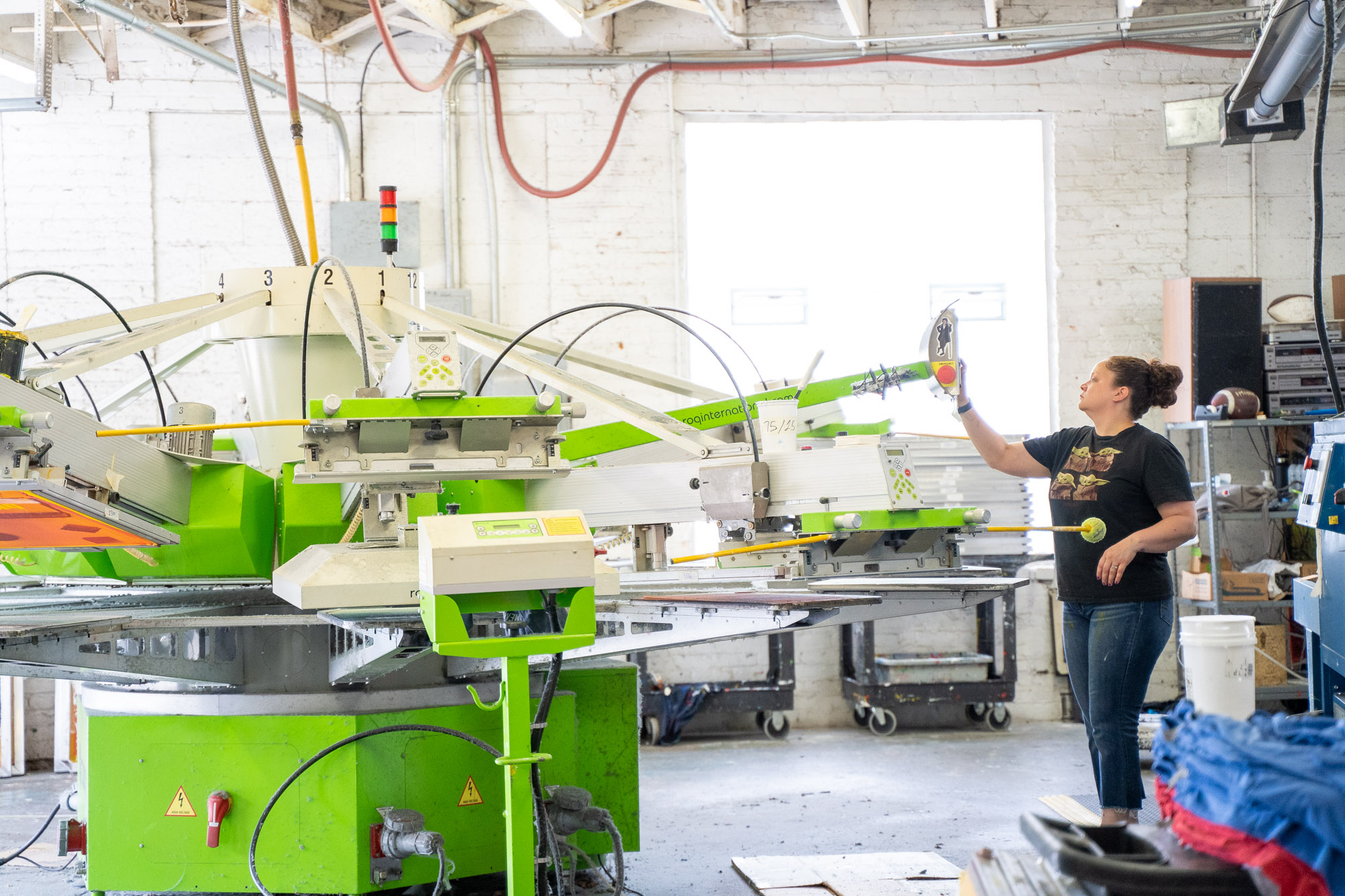
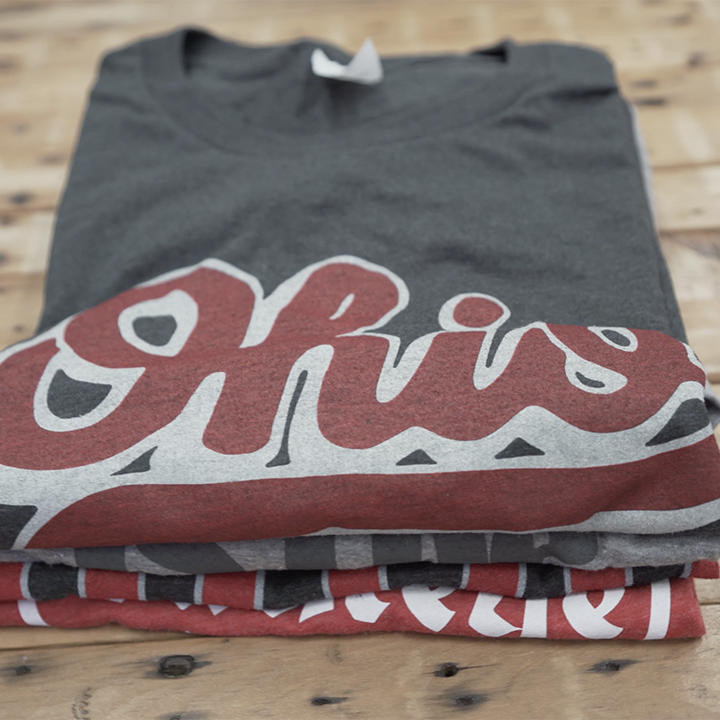
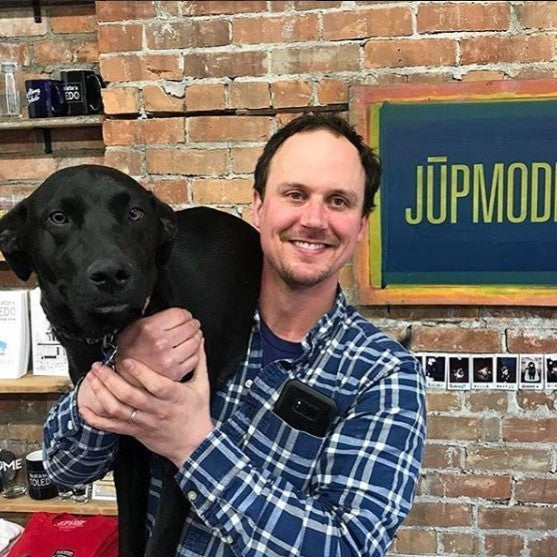
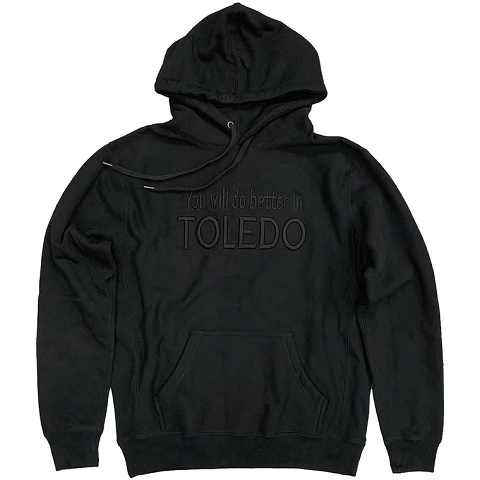
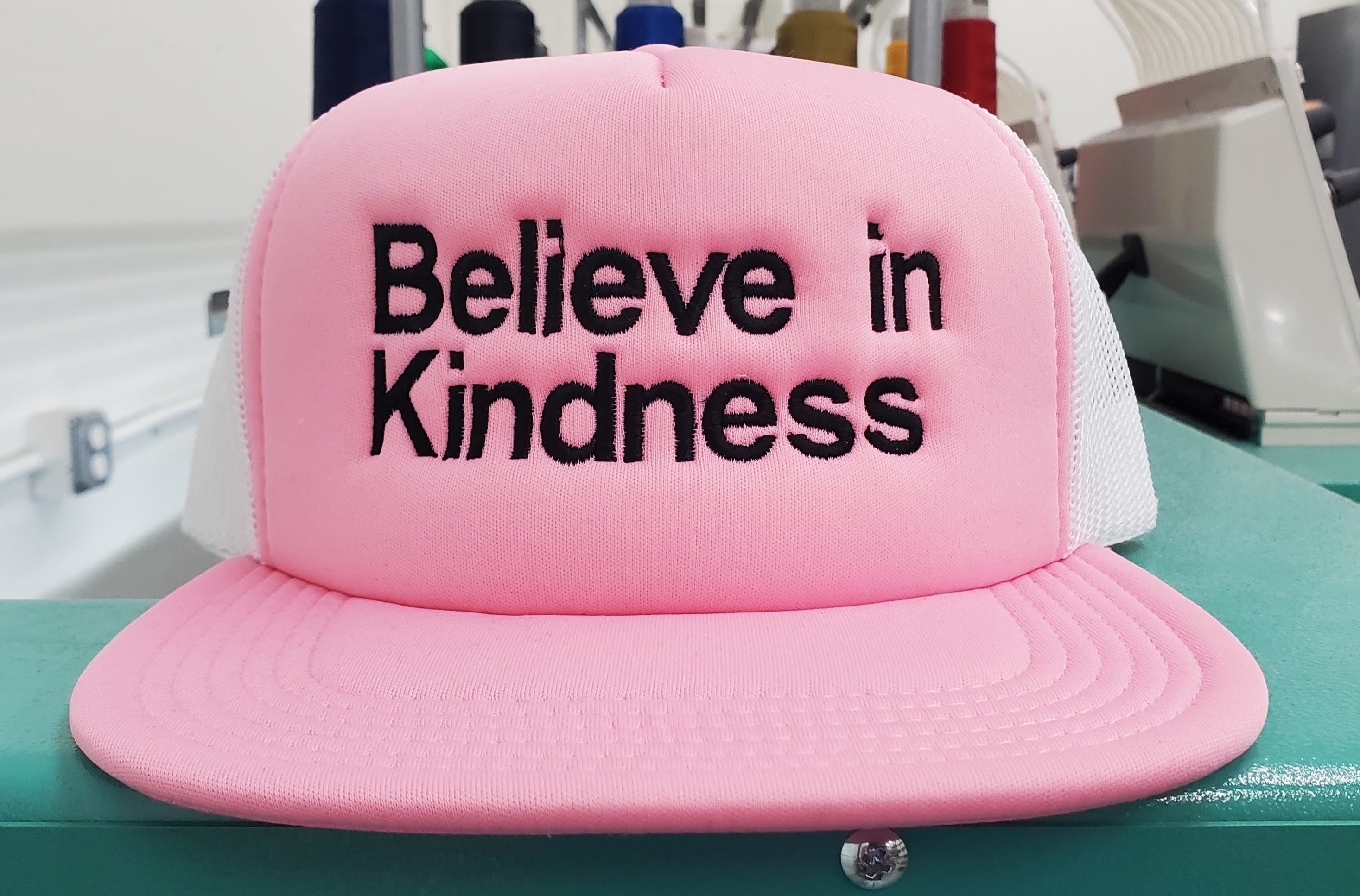

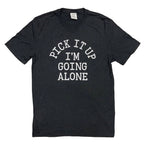
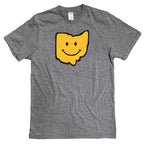
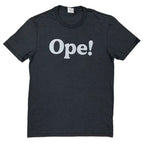
Comments
Write a comment